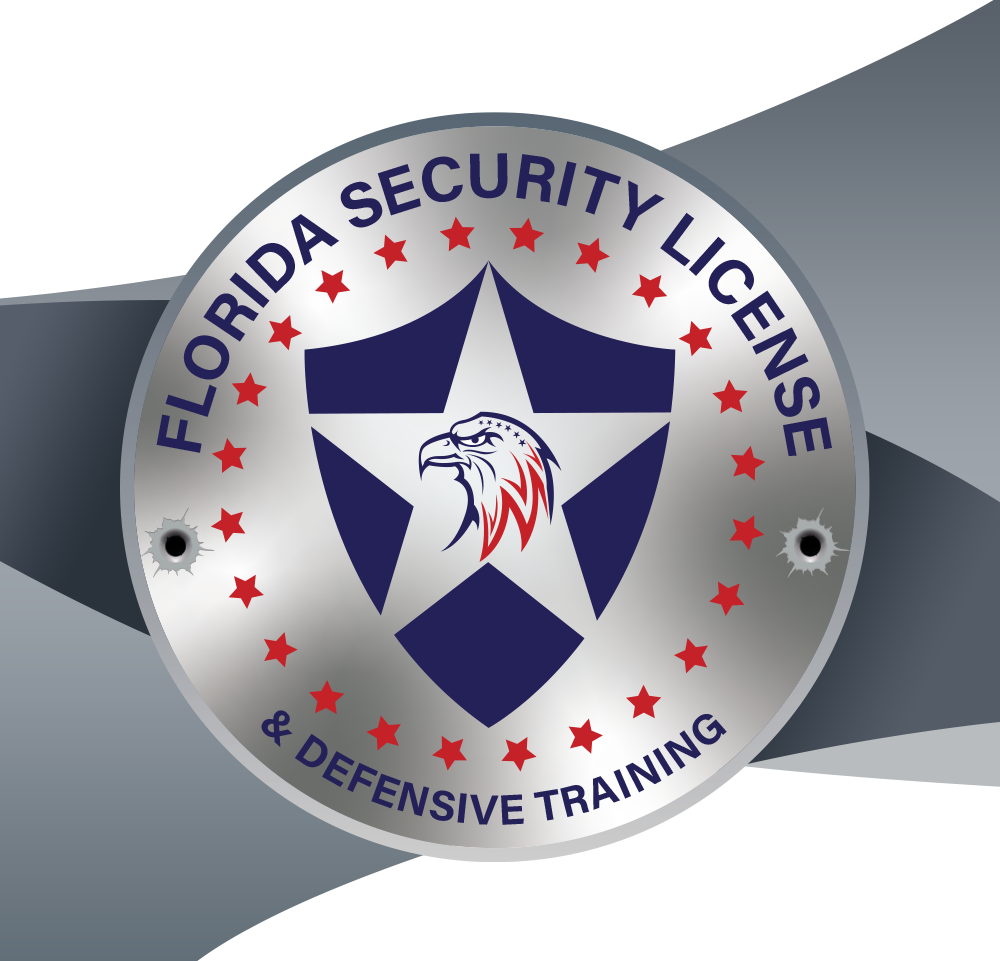Whether you’re a beginner or an experienced shooter, following strict firearm safety rules is essential at the shooting range. One slip-up can have serious results, so it’s vital to stay focused and alert. This guide will walk you through the top 10 gun safety rules to help you use your weapon, keep yourself and others out of harm’s way, and make sure your time at the range is both fun and secure.
Firearm Safety Rules
Always Treat Every Firearm as if it is Loaded
A fundamental truth in the shooting community is that complacency leads to mistakes. Even if you’re confident a firearm is empty, act as though it’s ready to fire. This mindset prevents careless handling and accidental discharges. By maintaining heightened awareness, you demonstrate respect for your fellow shooters and reinforce the values taught in our security license online course.
Keep Your Finger Off the Trigger Until Ready to Shoot
Accidental trigger pulls usually happen when fingers rest where they shouldn’t. Instead, keep your index finger outside the trigger guard until you’ve lined up your sights and confirmed your shot. This single habit can drastically reduce unintended firing incidents. Trust us, it’s a simple shift in practice that becomes second nature with regular repetition and disciplined training.
Always Point the Muzzle in a Safe Direction
“Never point a gun at anything you’re not willing to destroy” is a time-honored rule. Whether you’re unloading, setting up, or simply holding a firearm, stay alert to your muzzle’s orientation. A safe direction usually means away from people and valuable property. Practicing muzzle awareness aligns perfectly with our approach to tactical training in florida, where precision and care go hand in hand.
Be Sure of Your Target and What’s Beyond It
Before pulling the trigger, confirm that your intended target is clear and you’ve identified what lies behind it. Bullets can travel through paper targets and walls, posing a danger if you’re careless. Regularly scan the downrange area, staying mindful of people or obstacles. By practicing this level of caution, you reinforce the principles taught in a security officer class d license course.
Know and Follow All Range Rules
Each shooting range has unique protocols designed to keep visitors safe. Familiarize yourself with posted signs and instructions from range officers. These guidelines might include specific firing lanes, cease-fire commands, or designated safety zones. By respecting the rules and cooperating with staff, you create a supportive community dedicated to responsible shooting, mirroring the standards we embrace for a g security license.
Wear Proper Eye and Ear Protection
Firearms generate intense noise and can discharge debris. Protective gear is a must for shielding sensitive eyes and ears from long-term harm. Not only do goggles and earmuffs minimize immediate injury, but they also preserve your senses for future range visits. If you’re serious about safeguarding your well-being, investing in high-quality equipment is a foundational step toward comprehensive firearm safety.

Use the Correct Ammunition
Mismatched ammo can jam a firearm, damage its internal components, or cause dangerous malfunctions. Always double-check the caliber indicated on both your firearm and ammunition box. When in doubt, consult a range officer or a professional instructor. Thoroughly understanding your firearm’s specifications is part of the overall responsibility we stress in every security license online course we offer.
Maintain Your Firearm in Good Working Condition
Regular cleaning and inspection keep your firearm performing reliably. Check for wear, cracks, or loose parts. A gun in poor condition can misfire or malfunction at critical moments, jeopardizing everyone’s safety. If you’re unsure about performing maintenance yourself, schedule a professional inspection. Proactive care ensures that your firearm operates smoothly—an absolute must for consistent, safe, and enjoyable shooting sessions.
Unload Guns When Not in Use
After you finish shooting, remove the magazine (if applicable) and visually inspect the chamber. Always verify that your firearm is empty before leaving the range or storing it. Proper unloading habits minimize accidental discharges and give you peace of mind. These practices form part of a disciplined lifestyle where safety isn’t just a concept—it’s a mindset you embody daily.
Avoid Alcohol or Drugs Before and During Shooting Activities
While it might seem obvious, it’s worth underscoring that substances impair your judgment, reflexes, and coordination. Save celebrations or wind-down moments until after the shooting session is completely done. An impairment, even mild, can lead to grave consequences. Maintaining a clear head ensures you remain sharp, considerate, and fully in control—key elements we uphold in our tactical training in florida courses.
Conclusion
Safe shooting isn’t just about personal skill; it’s a collective effort that nurtures trust and respect throughout the entire range community. By following these top ten firearm safety rules, you protect both yourself and those who share your passion for shooting. At SecurityLicense.com, we aim to help you develop a firm grasp of crucial safety principles, whether you’re training for a security officer class d license, a g security license, or simply refining your skills at the local range. Embrace these guidelines, encourage others to do the same, and remember that true mastery comes from consistent practice, vigilance, and a respectful attitude toward every shot fired.


